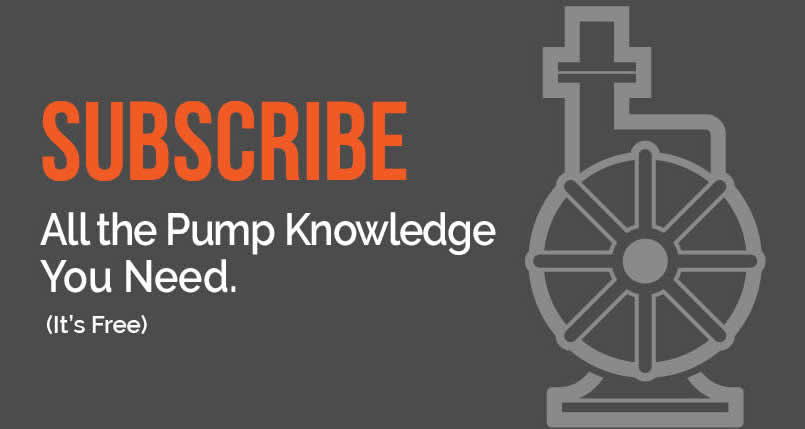First of Two Parts
01/29/2013
First of Two Parts
No significant projects—such as a new power plant, wastewater municipal plant or paper mill—are designed from scratch. Instead, a similar, existing design is initially selected from the dozens of those previously designed and built. The design is then tweaked and modified to the new specifics. In most cases, existing proven technologies are applied, and rarely, drastic broad scale innovations are applied. Neither a design company, a builder nor an end user usually wants to be the first to try something new. New features and technologies are typically first tried on existing plants, on a limited and localized basis, to see if it works within a unit of a plant. Then, if they work, they are expanded further at a new plant.
Design Firms
Designing—to tweak existing blueprints—a large, new installation takes considerable time and expense, which justifies the employment of a large design company or several of them. The expertise, experience and scope of services required for such large projects fully validate this approach. The plant is designed, built and started, and the end user then takes over its operation. No detailed end user knowledge of pumps or construction logistics is required, other than the basic logistics of how to operate a well-built plant and which buttons to push to stay out of trouble. All of that is taken care of by the design company.Small operators
A small operator or end user, however, does not have the resources or the need to hire a major design firm. A family-operated oil terminal distributor cannot afford to employ such a company. A small—perhaps 800 gallons per minute—oil transfer project is too small to consider hiring a design firm. Also for a small addition to a process within a larger plant/installation, hiring a design/engineering team for two years of review and analysis is not practical. A simplified but reasonably dependable approach must be taken in these cases. The complexities of large scale design must be replaced by a simpler plan with fewer formulas and lower cost.Example
Consider a simple project, and also assume that the operator’s pump knowledge is limited, but this operator has enough common sense to put a few simple things together. A family owns a small, specialty oil distributor that buys oil in bulk, adds a special chemical or a pigment and resells it to car enthusiasts who need that specific brand because they believe it makes the engine run better. Figure 1. Storage tank
Figure 1. Storage tank- Should the pump be located closer to the supply tank or to the delivery point, where observing and maintaining it might be easier?
- What size pipes should be used?
- What type pump should be bought, and what horsepower motor should it have?
 Figure 2. Sample online chart
Figure 2. Sample online chart
